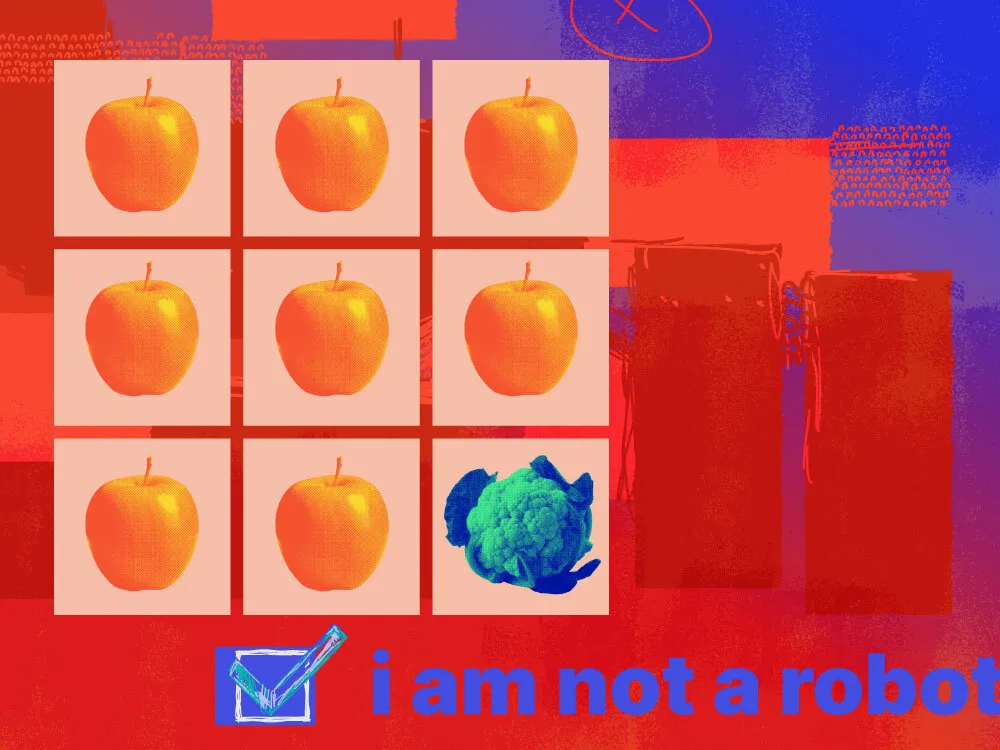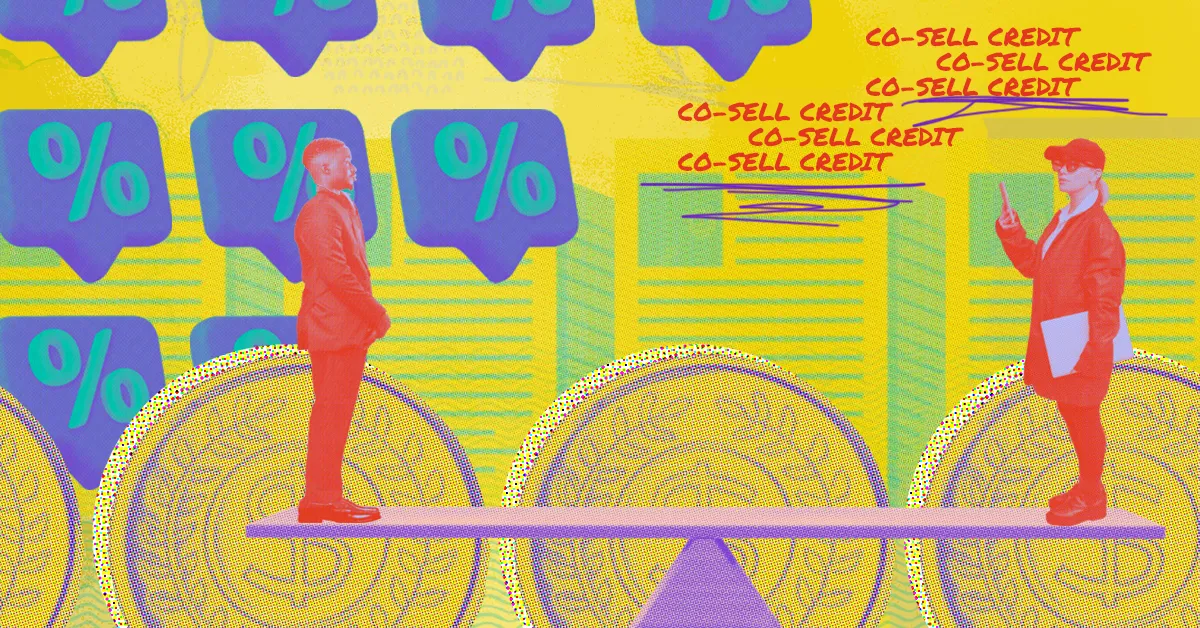In sales, not all leads are equal. Some are the “Glengarry leads” — prime prospects with high potential to convert. Others, however, are dead ends. It’s important you know which is which as the latter can drain your resources and energy without yielding meaningful results.
We spoke to Ajay Bala, Product Lead at PartnerStack and in this article, we discuss:
- How to quickly identify bad leads in your sales funnel
- How to remove the identified bad leads so you can focus on the high-quality leads
- Lead management tools to help you keep a healthy funnel
What makes a bad lead?
Bad customer leads are those who are unlikely to buy or subscribe to the product or service you’re promoting. Some of the reasons why this happens, according to Bala, are when the referred lead needs something different from what the vendor offers. For example, if the vendor provides software for large companies but the lead only needs simple tools for a small team, they aren't a good match.
Other example are:
- The lead works in an industry that the vendor usually doesn’t serve
- The lead isn’t very interested or committed to making a purchase
- The lead doesn’t have the budget or power to make buying decisions
- Information given about the lead is not enough or relevant to the vendor
Whatever their reasons, these leads are a waste of your time and effort. They’re less likely to convert, so it's best to identify and remove them from your pipeline as soon as possible. That way you can focus on the most promising leads and increase your conversion.
See more: High-touch vs. low-touch sales models.
How to spot bad leads
Bad leads often come from sources that are not well-targeted or do not align with your ideal customer profile (ICP). These may include leads from low-quality affiliate networks, purchased email lists or even your website visitors who show little intent to engage with the product or service you provide.
Bala advises reviewing the leads’ details to detect them. Go through your lead list with your sales team and identify leads that may not be beneficial. If you see “a lead with a personal email instead of a business one or one who gives unclear or incomplete details about their needs or company, they might not be very committed,” he says.
Another technique is to use an automated lead scoring model to numerically rank leads based on factors like fit, engagement and intent. Or set up lead qualification criteria such as minimum budget or decision-making authority to automatically filter out poor-fit leads before they enter your pipeline.
Furthermore, you can leverage the data from your partner dashboard or CRM to analyze lead behavior. Look out for the ones with low engagement. As Bala says,“If the lead doesn’t show much interest or doesn’t reply to follow-ups, they might not be a serious prospect.”
Spotting bad leads is easier if you’re working with a partner through PartnerStack. PartnerStack has a fraud protection feature that automatically tracks leads for any unusual, problematic or fraudulent activity. For instance, it checks:
- If the customer’s email is similar to another existing email
- If the customer’s email has a suspicious domain
- If the customer’s IP address is linked to suspicious activity
- If the transaction source information seems suspicious
And if the lead doesn’t pass those checks, it alerts you immediately.

How to remove bad leads
Once you’ve identified these bad leads, remove them by simply cleaning your database. This means marking them as not qualified, unsubscribing them from your mailing lists, excluding them from future campaigns and deleting duplicates, invalid email addresses and outdated information. You need to review and prune your lead list regularly to maintain a healthy sales funnel and maximize your chances.
However, this data cleansing process can be time-consuming and tedious, which is why it’s best to employ certain lead management tools. These will reduce the number of bad leads that get into your funnel in the first place.
Related: What to know about bad channel partners — and how to handle them.
Tools for lead management
Email verification services
These tools can validate the deliverability and authenticity of the email addresses you collect. They check the syntax of email addresses, validate the domain and ping the email server to confirm the existence of the email account without sending an actual email. This helps ensure you're only capturing leads with legitimate contact information through your lead generation efforts.
CAPTCHA
CAPTCHA (Completely Automated Public Turing test to tell Computers and Humans Apart) is a security challenge used to verify if a user is human. Implementing CAPTCHA on your lead capture forms (which you can create with PartnerStack) can help prevent bots and automated scripts from submitting fake or low-quality leads. This adds an extra layer of validation to ensure the information you collect is from real, engaged users.

Double opt-in
While technically not a tool, double opt-in is still essential. It’s a process used to confirm a lead's interest and consent before adding them to a mailing list or partner program. After a lead submits their information through an initial sign-up form, they receive a confirmation email with a link they must click to verify their subscription.
This additional step ensures that the lead genuinely wants to receive communications and has not been added by mistake or fraud.
Double opt-in improves the quality of the lead database by filtering out uninterested or incorrectly entered leads, as those who don’t complete the process can be considered low-quality or disengaged.
Reduce bad leads to the bare minimum
The reality is that you may never fully eliminate bad leads from your sales pipeline. Disinterested prospects and other low-quality leads will always slip through the cracks.
But this shouldn't discourage you. Even a small reduction in bad leads can make a big difference. The more you work with engaged and qualified leads, the better your conversion rates will be.
So, aim to minimize bad leads from the start as much as possible to maximize your commissions. The strategies we’ve outlined give you the foundation to do just that and ensure your pipeline is filled with good leads.

















